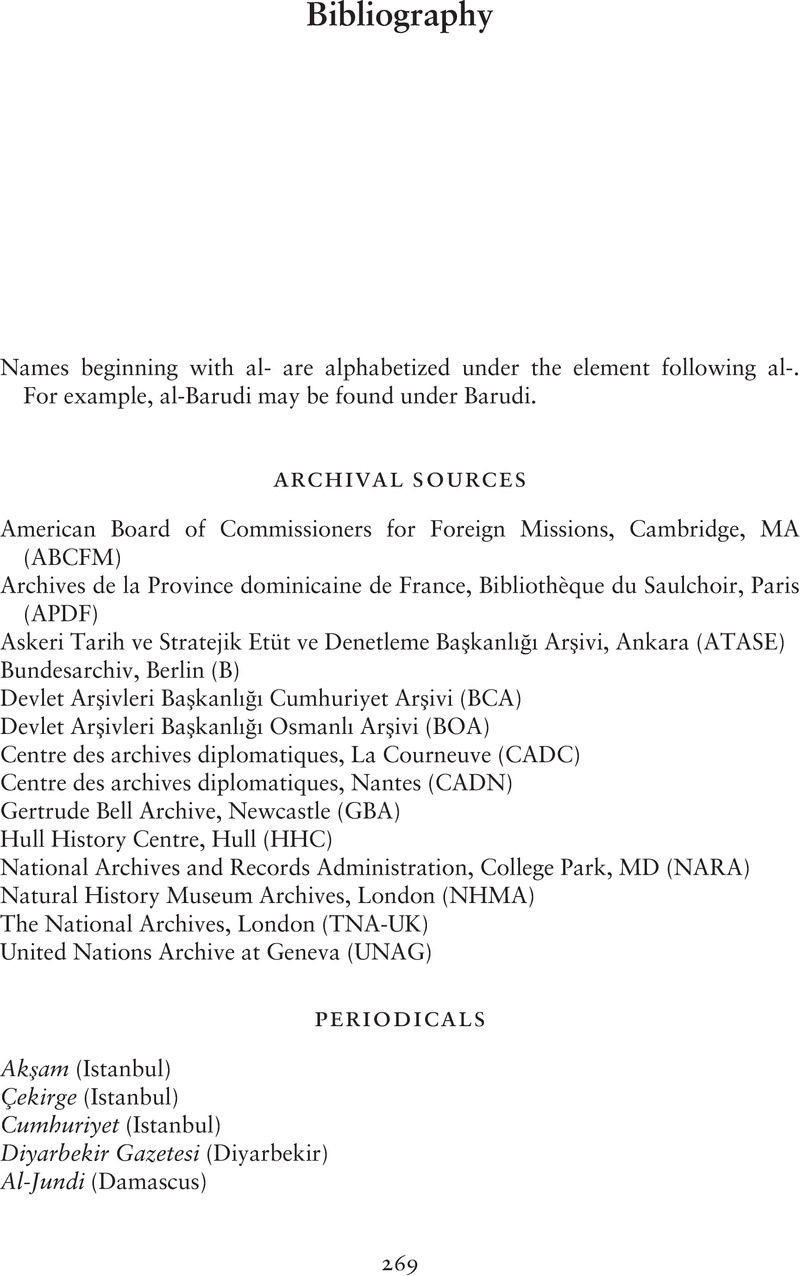Book contents
- Locusts of Power
- Reviews
- Studies in Environment and History
- Locusts of Power
- Copyright page
- Contents
- List of Figures and Maps
- Preface
- Acknowledgments
- Note on Spelling and Units of Measurement
- Introduction
- 1 Sultans of the Open Lands (1858–1890)
- 2 “Savage Swarms” (1890–1908)
- 3 “Weren’t We A Lot Like Those Creatures?” (1908–1918)
- 4 “Like Swarms of Locusts” (1918–1939)
- Conclusion
- Bibliography
- Index
- References
Bibliography
Published online by Cambridge University Press: 16 June 2023
- Locusts of Power
- Reviews
- Studies in Environment and History
- Locusts of Power
- Copyright page
- Contents
- List of Figures and Maps
- Preface
- Acknowledgments
- Note on Spelling and Units of Measurement
- Introduction
- 1 Sultans of the Open Lands (1858–1890)
- 2 “Savage Swarms” (1890–1908)
- 3 “Weren’t We A Lot Like Those Creatures?” (1908–1918)
- 4 “Like Swarms of Locusts” (1918–1939)
- Conclusion
- Bibliography
- Index
- References
Summary

- Type
- Chapter
- Information
- Locusts of PowerBorders, Empire, and Environment in the Modern Middle East, pp. 269 - 304Publisher: Cambridge University PressPrint publication year: 2023

